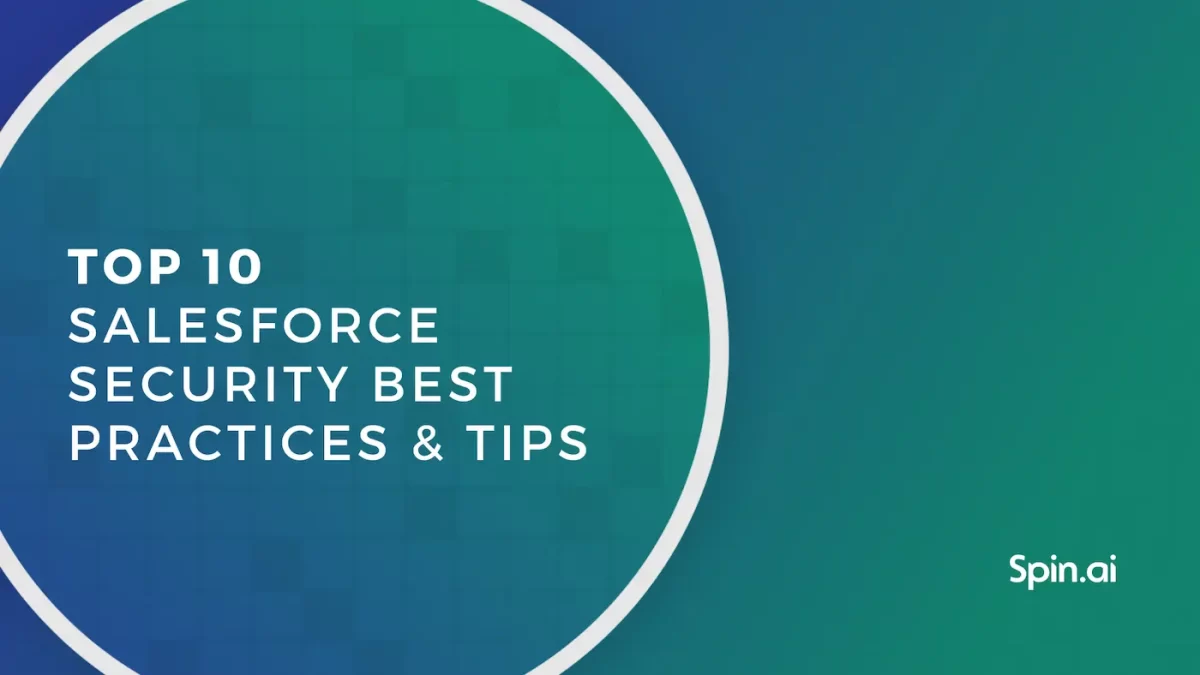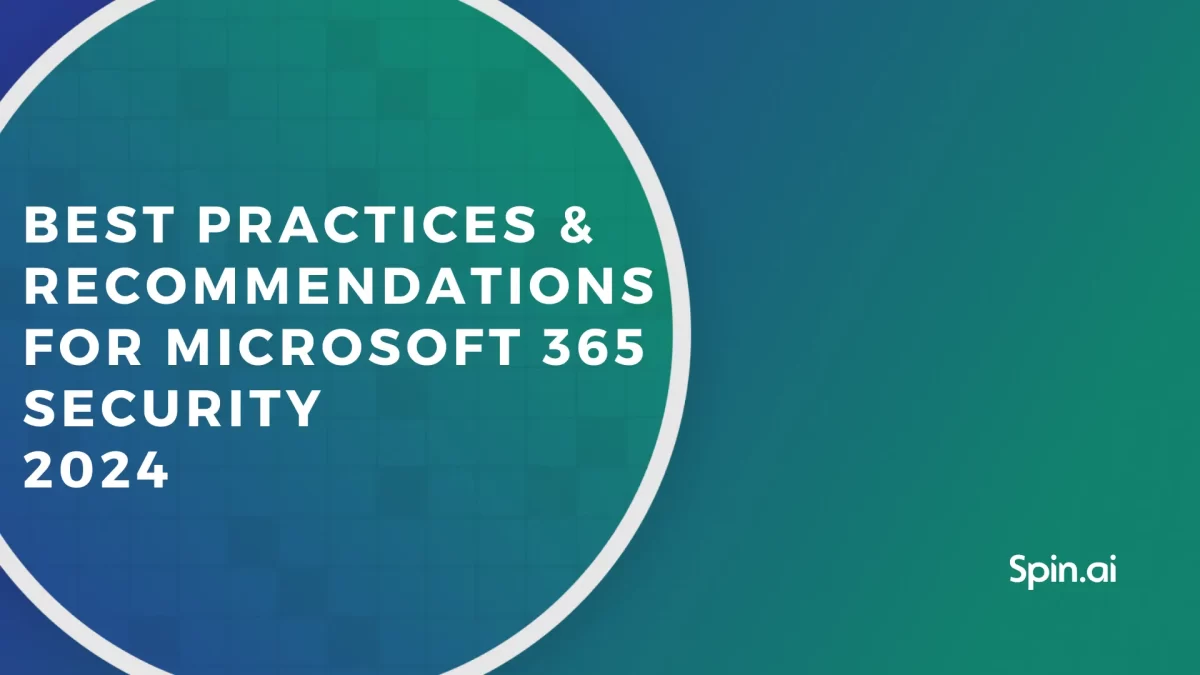How Machine Learning Can Advance Cybersecurity Landscape

Businesses today are gathering huge amounts of data. Data is at the heart of just about any business-critical system you can think of. This also includes infrastructure systems. Today’s high-tech infrastructure, including network and cybersecurity systems are gathering tremendous amounts of data and analytics on most key aspects of mission-critical systems. While human beings still provide the key operational oversight and intelligent insights into today’s infrastructure, machine learning and artificial intelligence are gaining huge momentum in most areas of today’s systems, whether positioned on-premise or in the cloud.
Due to the sheer enormity of the data being parsed and analyzed, it is simply impossible for human beings to filter through, analyze, and make operational decisions based on all of the information taken in by these infrastructure systems.
Today, Machine Learning (ML) and Artificial Intelligence (AI) are making it possible for computers to analyze this massive amount of data using advanced algorithms and make intelligent real-time decisions based on this data analysis. An ever-growing number of systems and infrastructure today are benefiting from advanced machine learning and artificial intelligence. In particular, network and cybersecurity systems benefit from advanced machine learning and AI.
Using both ML and AI in these realms, allows analyzing data and providing real-time intelligence in securing today’s infrastructure. Let’s take a closer look at machine learning and artificial intelligence. What are they exactly? How is machine learning and AI enabling organizations today to bolster their overall network and cybersecurity stance, both on-premise and in the cloud?
What is Machine Learning and Artificial Intelligence?
Machine learning and artificial intelligence may seem like something out of a science fiction movie or futuristic novel. However, with today’s advancements in both machine learning and artificial intelligence, they are very real technologies that are seeing a tangible benefit in today’s complex infrastructure systems that are fueled by data. In fact, if you have heard of or utilized any of the following technologies, you have benefited from machine learning and artificial intelligence:
- Apple’s Siri and Microsoft’s Cortana
- Autonomous vehicles
- Gmail
- Netflix
To get a better understanding of how ML and AI are creating more powerful IT infrastructure, especially in the world of network and cybersecurity, let’s look at what machine learning and artificial intelligence actually are.
Machine learning utilizes advanced algorithms to “learn” from data automatically. Performing data analysis by utilizing advanced algorithms, allows computers to intelligently filter through data and find patterns, points of interest, and anomalies that are worth noting. This allows computers to “learn” by analyzing data and make decisions based on this data analysis for which they were not explicitly programmed. Machine learning allows computer systems to do all of these tasks with little or no human intervention. Learning in this context allows computers to gain “experience” in a sense by being exposed to more and more data, it is able to make more educated decisions.
Supervised and Unsupervised Machine Learning
Machine learning algorithms generally fall in a couple of categories – supervised and unsupervised. Let’s look at the difference between these types of algorithms and how they go about “learning”.
With supervised machine learning algorithms, we may think of a student and teacher analogy. If working on a math problem, the teacher often will give the student the correct answer to the problem and then train the student on how the correct answer can be achieved. The student keeps working on the problem, perhaps needing to be corrected by the teacher several times until the student is proficient at arriving at the correct answer. This is similar with supervised machine learning. The end result or answer is known. The trainer may have to correct the learning algorithm’s predictions many times until it is able to arrive at the right predictions in an acceptable amount of time. Most machine learning mechanism are using supervised machine learning machines need humans to provide guidance along the way to achieve the desired end result and applied logic.
Unsupervised machine learning is where machine learning technology ultimately is trying to get to. This type of machine learning is more closely aligned with true artificial intelligence. In unsupervised machine learning, a computer is able to “teach” itself to identify complex processes and patterns all on its own without the need for humans to provide the training to the machine to perform those tasks.
What is the difference in machine learning (ML) and artificial intelligence (AI)?
Both of these terms are extremely hot buzzwords among the tech community and use quite interchangeable in marketing materials and featured capabilities with products and software. Both concepts are actually parallel domains whose paths intersect but are not quite the same. Artificial intelligence or AI, is the broader of the two terms and has been around the longest as well. Artificial intelligence represents the broad concept of computers/machines being “intelligent” and having the ability to solve problems on their own without any guidance.
AI concepts have certainly morphed over the past few decades. Machine learning and artificial intelligence has come many steps forward in recent years by researchers and programmers developing code that facilitates computers/machines being able to extrapolate ideas from the massive amount of data that is now accessible via the Internet. By having access to the Internet and massive databases of information that companies today are keeping on any number of disciplines, computers/machines have access to all the information they need to be able to learn and become much more intelligent.
Machine Learning (ML) is a specific concept of AI that puts into practice the previously described ability for machines to be given access to the data and allowed to learn on their own. This newly branded concept that is part of the overall AI landscape is driving tremendous innovation in products that perform critical core business functions. Machine learning is allowing businesses today to operate with better efficiency, accuracy, agility, and intelligence than before machine learning was utilized.
Machine learning today is powered by a very human-like “neural network” of countless compute resources that have access to untold amounts of data. Similar to the way the human brain searches for, retrieves, stores, and learns, these very complex neural networks are allowing machine learning to accomplish things never before thought possible.
A very interesting and extremely powerful use case for machine learning abilities is found in the realm of network and cybersecurity and cyber risk management.
How Machine Learning is Used in Cybersecurity and Network
Machine learning predictive analytics provides a powerful use case for network and cybersecurity applications. Organizations today are inundated with myriads of network connections and traffic flows, as well as cybersecurity events that require analysis and potentially, remediation. The sheer volume of traffic and events as well as the complexity of today’s hybrid cloud networks makes it impractical to have human beings attempting to analyze all the network and cybersecurity data being collected and making decisions based on this data.
Machine learning in the realm of network and cybersecurity allows network and cybersecurity systems to do some pretty amazing things. Machine learning today is able for the most part accurately determine and pick up on anomalies in traffic patterns, connections, user activity, and many other aspects of network. Powerful machine learning algorithms are able to filter through traffic patterns and learn what the normal fingerprint of network activity looks like and then make decisions based on machine learning algorithms
Traditional firewalls for several years now have been able to form a “baseline” of what normal activities are across the network and then use certain traffic pattern “rules” to be able to decide whether or not a certain traffic pattern or network flow fits that rule or heuristic analysis. Today’s powerful cybersecurity platforms have moved far beyond what traditional on-premise firewall devices have been able to accomplish.
A great example of this are robust CASB (Cloud Access Security Broker) that are transparently integrated with public cloud environments and are able to use machine learning to do much more than apply a list of “rules” to determine a true or false conclusion. These new CASB security solutions are able to identify attack patterns that may exist without being explicitly programmed to do so and do this much more efficiently than humans are able to do.
Spinbackup – Cybersecurity based on Machine Learning
Organizations today are housing more and more data inside cloud environments, and specifically the public cloud. Traditional firewalls that protect a perimeter network are no longer effective in today’s hybrid cloud environments where users may be connecting from any number of locations or devices on the Internet. Businesses today need an inherently intelligent solution that can leverage machine learning to protect valuable business-critical data.
Spinbackup is a robust, API driven CASB that integrates transparently with Google G Suite environments. It incorporates the latest in machine learning to not only proactively protect organizations from data loss but also data leak and cybersecurity concerns. Spinbackup utilizes machine learning for detecting cybersecurity events such as the following:
- Malicious Third-party Apps
- Sensitive Data leak
- Ransomware Detection
- Insider Threats Detection
- Brute Force Login Attacks
By proactively “learning” by leveraging machine learning algorithms, Spinbackup allows organizations to remove much of the human element of recognizing attack vectors and attack patterns in the massive amount of security data being captured. The complexity of today’s hybrid cloud networks and usage patterns requires organizations to leverage computers to recognize these patterns in the data. The sheer amount of data would be impractical if not impossible for humans to properly filter through and recognize. This allows businesses without proper cybersecurity funding and lacking cyber security teams to be able to successfully defend themselves against today’s sophisticated cyber attacks. Spinbackup evens the playing field by leveraging its own sophisticated machine learning algorithms against these threats.
Concluding Thoughts
Machine learning (ML) and artificial intelligence (AI) are exciting technologies that are rapidly advancing the landscape of data analysis and intelligent computing. Harnessing the power of machine learning and artificial intelligence allows businesses today to make effective use of the massive amounts of data at their fingertips. Faced with the task of combatting sophisticated cybersecurity threats, organizations have no choice but to leverage machine learning in the fight to protect their own data.
The sheer amount of collected security data coupled with the complexity of today’s hybrid networks require businesses to leverage the power of computers and the “intelligence” of machine learning algorithms. It would simply be impossible for humans to effectively filter through security data and correctly identify potential cybersecurity anomalies with the speed and efficiency of computers.
Spinbackup’s data protection, data leak protection, and cybersecurity solutions provide a great example of the power of machine learning presented in a powerful API driven Cloud Access Security Broker. It helps organizations without a full-time cybersecurity staff to effectively protect cloud resources and apply on-premise security policies at the cloud level. Its abilities to identify cybersecurity threats such as malicious third-party apps, ransomware, and sensitive data are powered by its machine learning algorithms.
Next, we will take a closer look at these specific capabilities and how Spinbackup utilizes machine learning with each of these specific cybersecurity modules.
Was this helpful?
Latest blog posts
Protecting Partner Margins: An Inside Look at the New Spin.AI Partn...
April 2, 2024Google recently announced a 40% reduction in the partner margin for Google Workspace renewals –... Read more
Top 10 Salesforce Security Best Practices and Tips
February 28, 2024In the ever-evolving threat landscape, safeguarding sensitive data is paramount. Salesforce, a leading customer relationship... Read more
Microsoft 365 Security Best Practices and Recommendations 2024
February 9, 2024Micorosft 365 is a business-critical cloud environment that contains terabytes of sensitive information. Protecting this... Read more


